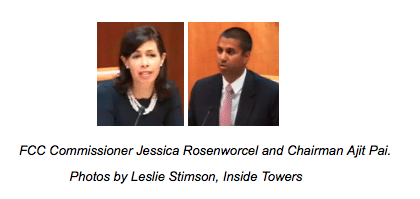
I might as well “out” myself before someone else does it. Here goes.
I am a thespian.
We all have our hobbies, right? Mahjong, scrimshaw, bowling, skeet shooting, polo (OK, I only know one guy who does that), taxidermy, salsa dancing, accordion lessons, cooking, bobsledding, labradoodle breeding. Mine’s acting. Theater mostly, some film…nothing you’ve seen trust me, but got four IMDB credits to my name. (One’s a zombie film!) Being a semi-ok singer I often enjoy doing musical theater (don’t judge!). Friend, you haven’t lived until you’ve been in full Frankenstein’s Monster makeup and five-inch platform boots doing “Puttin’ on the Ritz” in “Young Frankenstein, The Musical” or in a white Homburg packin’ fake prop gun “heat” as Big Jule in “Guys ‘n Dolls.” It’s a wonderful world of creative folk who never fail in recharging my battery. In fact, here’s my plug: try going to a local theater production next time instead of a movie and I bet you’ll be surprised at how much you enjoy it. Continue Reading









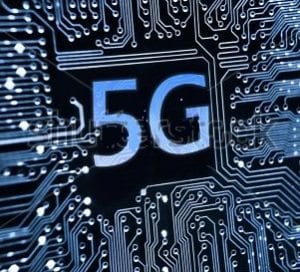 A new report suggests the number of cell sites needed for 5G wireless may not be as high as previously thought. According to
A new report suggests the number of cell sites needed for 5G wireless may not be as high as previously thought. According to 











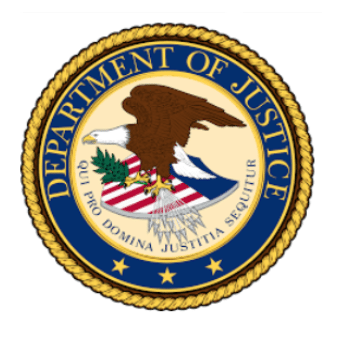
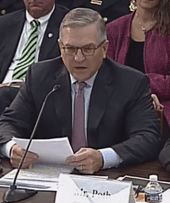

 New
FCC Commissioner Brendan Carr is leading the agency’s efforts to
streamline wireless infrastructure deployment. In his first speech as a
Commissioner, Carr told attendees of the
New
FCC Commissioner Brendan Carr is leading the agency’s efforts to
streamline wireless infrastructure deployment. In his first speech as a
Commissioner, Carr told attendees of the



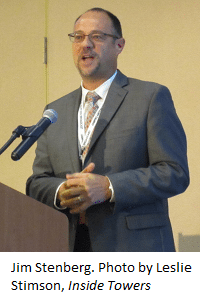

 In
order to jumpstart the communications restoration in Puerto Rico and
the U.S. Virgin Islands, FCC Chairman Ajit Pai proposed allowing
carriers to use their Universal Service Fund allocations. Pai circulated
a proposal among his colleagues for a vote; if passed, the order would
quickly make available up to $96.9 million to repair wireline and
wireless communications in the hurricane-ravaged islands.
In
order to jumpstart the communications restoration in Puerto Rico and
the U.S. Virgin Islands, FCC Chairman Ajit Pai proposed allowing
carriers to use their Universal Service Fund allocations. Pai circulated
a proposal among his colleagues for a vote; if passed, the order would
quickly make available up to $96.9 million to repair wireline and
wireless communications in the hurricane-ravaged islands. “Of
the sites we’ve been able to gain access to and inspect, it appears
that the structural integrity of our towers has held,” Matt Peterson,
Vice President, Communications, American Tower told
“Of
the sites we’ve been able to gain access to and inspect, it appears
that the structural integrity of our towers has held,” Matt Peterson,
Vice President, Communications, American Tower told 
